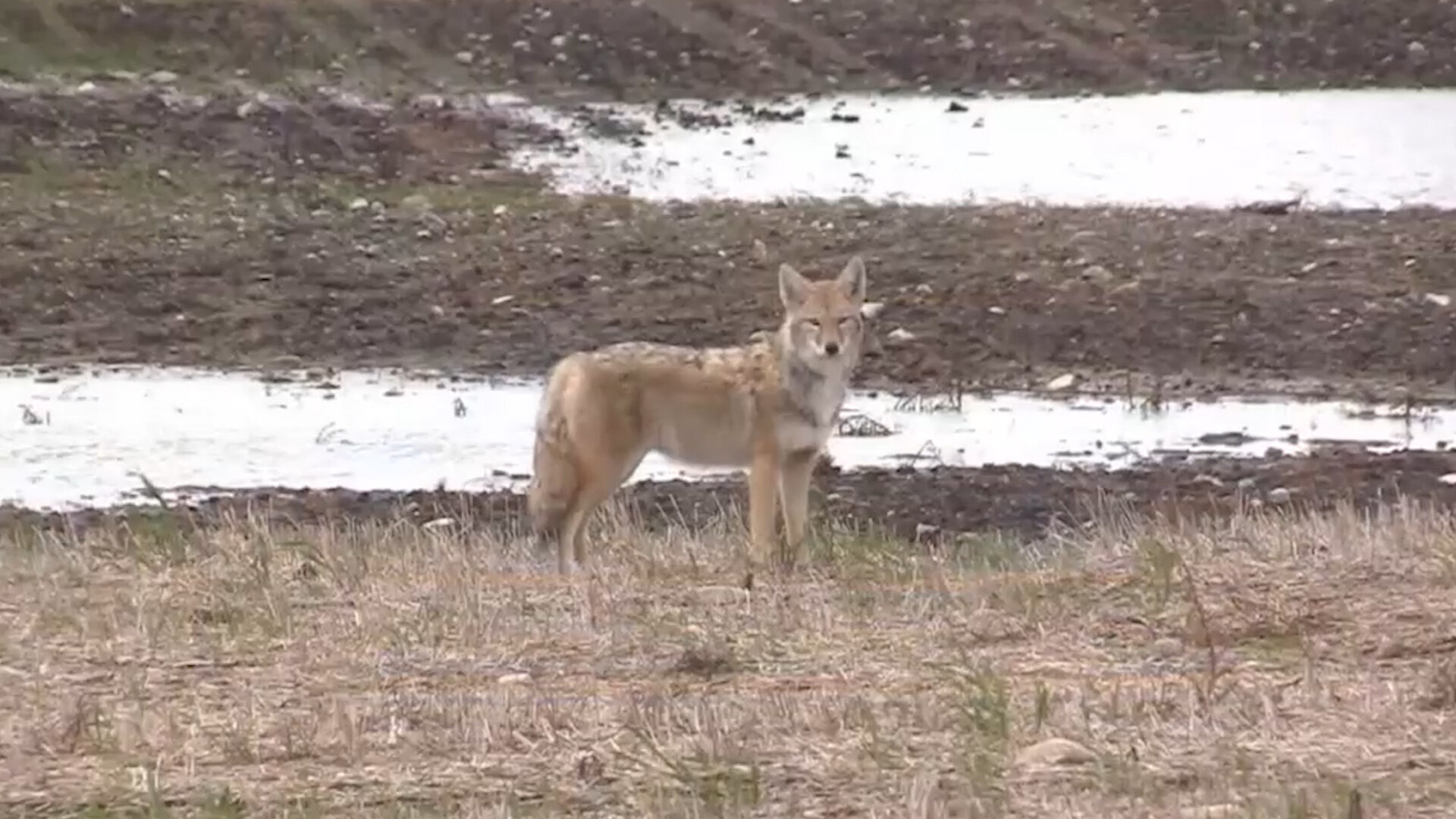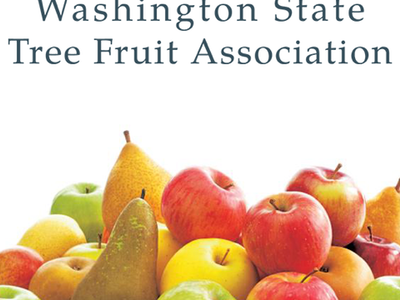ASI Leads Coalition Support for Wildlife Services
The American Sheep Industry Association sent its annual letter of support for Wildlife Services to congressional leaders this week. More than 200 agriculture and trade associations signed on to call for continued funding of the program.
“Wildlife causes more than $12.8 billion in damage each year to natural resources, public infrastructures, private property and agriculture,” read the letter to committee leaders in the Senate. A similar letter was also submitted to U.S. House committee heads. “USDA Wildlife Services works to prevent, minimize or manage this damage and to protect human health and safety from conflicts with wildlife. Wildlife damage to U.S. livestock, aquaculture, small grains, fruits, vegetables and other agricultural products has been estimated to reach nearly $1 billion annually. Wildlife predators cause more than $232 million in death loss to livestock; field crop losses due to wildlife total $619 million annually; losses to vegetables, fruits and nuts total $146 million annually; and 70 percent of catfish farmers incur wildlife-related damage. As a result, WS is an essential program to U.S. agriculture.
“WS assists farmers and ranchers in 50 states and three territories to reduce the impact of predators on their animals, protecting 9.5 million head of cattle, 5.1 million head of sheep, and 55 million head of other livestock in 340,000 direct control actions. In FY22, WS provided more than 20,800 technical assistance activities that enabled 6,180 livestock producers to implement improved husbandry and methods such as use of guard animals, exclusion, fencing and predator dispersal. These activities included 19 predator management workshops attended by more than 3,000 individuals from 14 states, dispersal of 121,310 double-crested cormorants, removal of 1,195 cormorants at aquaculture facilities in 22 states to protect farmed fish from avian depredation. The industry is worth $1.5 billion nationally (per National Marine Fisheries Service).
“WS supported USDA’s Animal Plant Health Inspection Services’ emergency response efforts to animal diseases, natural disasters, and hazardous spills. In FY22, WS deployed 123 personnel on 267 deployments for Highly Pathogenic Avian Influenza and African Swine Fever. WS personnel have physically deployed to assist 18 states in response to HPAI. WS responded to the ASF detection on the island of Hispaniola and have removed 3,754 feral swine and have sampled 2,431 for ASF on Puerto Rico and U.S. Virgin Islands. The National Wildlife Disease Program also coordinated sample collection and evaluation or assisted state agencies with many other diseases in wildlife to include SARS-CoV-2, plague, tularemia, leptospirosis, rabies, chronic wasting disease and rabbit hemorrhagic disease virus. In collaboration with state wildlife agencies, the U.S. Fish and Wildlife Service and tribes, WS addresses livestock depredation and protects human health and safety related to wolves and grizzly bears.”
It has been WS's cooperative nature that has allowed it to accomplish all of the above listed programs (and more) and has made it the most cost effective and efficient program in the federal government in the areas of wildlife damage management and public health and safety.
Source: ASI

















